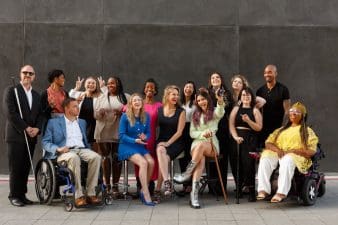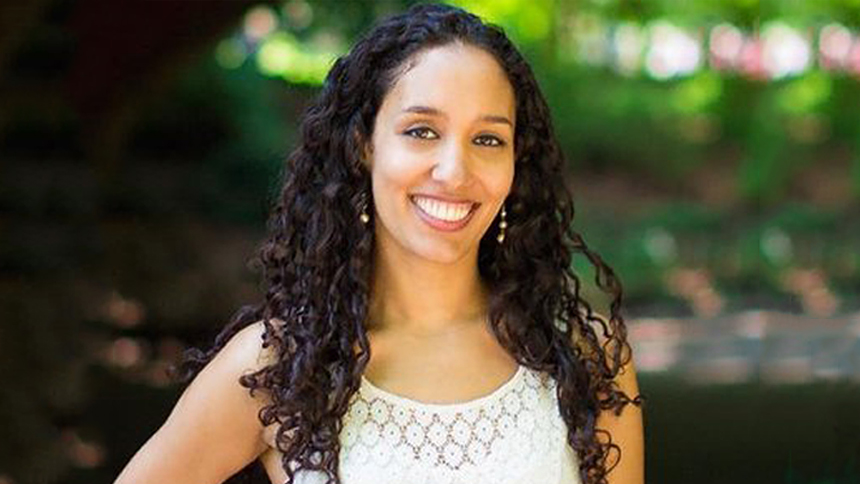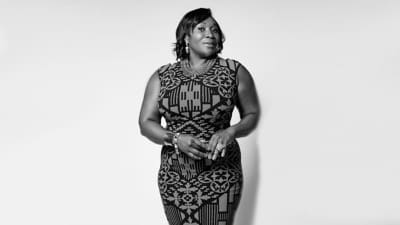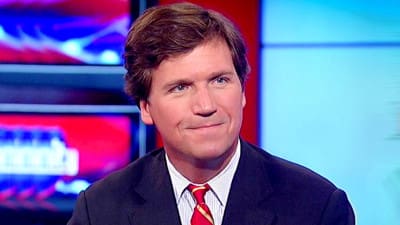The media industry doesn’t just report the news or produce entertainment; it shapes our understanding of who we are as a society. Yet, we’ve overlooked a crucial segment of our population — Disabled people — both on screen and off. This isn’t just a diversity and inclusion checkbox; it’s about unlocking a treasure trove of perspectives that enrich our collective story and make media products resonate on a deeper level.
“The Disabled community has been systematically excluded from mainstream media for far too long. Our narratives have been erased, our stories are told for us and not by us, and our lived experiences are mocked. It’s time to reshape the story and tap into the vast, diverse, and fresh perspectives of the largest yet most overlooked minority,” says Keely Cat-Wells, a disability rights advocate and Founder of Making Space, a talent acquisition and learning experience platform for companies to access prequalified Disabled talent.
A New Lens on Storytelling
Think about the stories that have truly impacted you. Chances are, they offered a fresh lens on a familiar tale. Now, imagine what stories might emerge if we tapped into the life experiences of Disabled creatives — writers, directors, producers. Their perspectives can offer unparalleled depth to storytelling. Let’s face it: more than 16% of our global family has some form of disability. Their stories are our stories, and it’s high time the media began telling them.
In a world saturated with content, breaking through the noise requires more than just slick production — it demands new voices. We have seen the tremendous success of Disabled creators on social media and brands flocking to work with new talent that has unlocked an untapped market. For example, Nielsen estimated that posts from creators with disabilities scored 21.4 percent better in average media value than posts from creators without disabilities and drove 20.5 percent more interactions. Nielsen highlighted Tommy Hilfiger’s #TommyAdaptive campaign, which featured Disabled influencers and outperformed the industry’s average positive engagement. Unlike Hollywood, social media has reduced barriers to entry and has created a democratizing effect on employment for Disabled talent.
Keely Cat-Wells remarks: “For many Disabled people, traditional employment opportunities can be limited due to physical, communication, attitudinal and social barriers. The creator economy has started to break down these barriers. And although we have seen a breakthrough number of Disabled people changing the narrative, obstacles remain. Issues like ableist algorithms, combined with challenges of accessing healthcare, benefits, Social Security Disability Insurance (SSDI), and more, create significant barriers for Disabled people making a career in the creator economy.”
Economic Sense
Here’s the reality: Including Disabled talent isn’t just an ethical imperative; it’s smart business. We’re talking about a demographic with a disposable income of $490 billion. This is a significant group that does not feel adequately represented — for example, 46% of people with disabilities think their identity group is underrepresented on TV. So, if your company’s bottom line keeps you awake at night, consider this an untapped goldmine.
The benefits extend far beyond immediate financial gains. When consumers see themselves authentically represented, loyalty follows. And in today’s marketplace, brand loyalty is perhaps rarer than diamonds. Whether it’s a tweet praising your efforts or recommending your platform to friends, this audience segment can become some of your strongest advocates, enriching your brand’s reputation and extending your reach organically.
“When brands work with Disabled creators, the response from their audience is hugely supportive, both for the creator and the brand itself – especially when the campaign has nothing to do with disability,” says Elle Potruch, a Talent Manager for Deaf and Disabled talent at Whalar, a creator commerce company which acquired C Talent in 2022. Potruch represents a roster of creators, actors, and other creatives within the entertainment industry, including Emmy-nominated Keivonn Woodard, whose role (and subsequent nomination) in HBO’s The Last of Us made historic strides in authentic Deaf representation on screen.
“Gen-Z values diversity and inclusion at every level, from representation in media to senior leadership, so if corporations want to keep up with their consumers and ensure consumer loyalty, disability inclusion is a must.”
Building Authentic Connections
How often have you rolled your eyes at an ad or cringed at an uninformed TV storyline? Authenticity matters, and it’s easy to spot when it’s missing. When media platforms cast Disabled actors in roles that don’t pigeonhole them or when advertising campaigns feature Disabled people without tokenizing them, they make a lasting impression on all consumers.
Creating Inclusive Work Environments
Forget the term “corporate culture”: We’re talking about creating a community within your workspace. A workplace that’s not just diverse but also inclusive amplifies its creative output, enriches its collective intelligence, and sets an example for other industries.
Moreover, an inclusive environment benefits everyone, not just those individuals with disabilities. When employees see that their colleagues are valued for their unique perspectives and skills, it’s a morale boost across the board. That kind of spirit makes people love coming to work every day, fueling passion and productivity that can give your organization a competitive edge.
Tangible Steps for Media Companies
- Invest in Accessibility: No excuses. Make your workspace and your digital platforms accessible to everyone, beyond just basic compliance.
- Educational Programs: This isn’t just HR fluff. Training can dismantle biases and foster empathy, creating a healthier, more dynamic workplace.
- Targeted Recruitment: Collaborate with specialized agencies, platforms, or groups. Actively seek out Disabled talent with platforms like Making Space. A great example is the work they are doing with NBC Universal for the Olympics and Paralympics to increase employment opportunities for Disabled talent.
- Career Progression: No dead-ends. Make sure there’s a path upward for everyone.
Conclusion
If you think this is merely about filling quotas or ticking off a corporate social responsibility checkbox, you’re missing the point. This is about enriching our collective narrative, tapping into overlooked potential customers, and bolstering the media industry’s credibility and depth. In short, it’s not just the right thing to do; it’s the smart thing to do — for everyone.
It’s clear that embracing Disabled talent isn’t just an ethical choice; it’s a strategic imperative for any media company that wants to resonate with today’s diverse audiences. The ball is in your court. Whether you’re a media executive, a creative, or a consumer, you can effect real change.
For companies: Audit your current practices. Ask hard questions. Are you as inclusive as you think you are? Reach out to specialized recruitment platforms, invest in accessibility, and dismantle systemic barriers in your organization.
For Disabled Creatives: Your voice matters. Your perspective is invaluable. Seek out platforms and communities where you can shine, and never underestimate your power to disrupt the status quo.
For consumers: Vote with your views, clicks, and dollars. Support media that represents the world in its full scope and challenge those that fall short.
Now is the time for action. Don’t just be a spectator to change; be a catalyst. The stories we tell and the media we consume have the power to shape society. Let’s ensure we tell the whole story, not just a one-sided narrative.









